Starting an online business can be a fulfilling and lucrative venture for entrepreneurs looking to bring their ideas to life. However, 20% of businesses fail within the first year. It’s crucial that you understand the proper steps to take to avoid failure.

With the rise of the digital age, it’s easier than ever to launch a successful online business, but it takes more than just a great idea to make it work. In this comprehensive guide, I’ll take you through the key steps for starting an online business, from identifying your niche and target market to growing your business and beyond.
Let’s jump into it!
Identifying Your Niche and Target Market
The first step in starting an online business is to identify your niche and target market. This involves researching potential industries, identifying your target audience, and determining the viability of your niche. A.K.A the total addressable marketing (TAM). To start, consider your skills, interests, and passions, and think about how you can turn these into a profitable online business.
Once you have a few ideas in mind, it’s time to research your potential niches. This involves conducting market research to see what products or services are in demand, what gaps in the market exist, and what your target audience is looking for. You can do this by using tools like Google Trends, Amazon Best Seller Lists, and keyword research tools like SEMrush to get a better understanding of the market.
For example, I can enter an industry into Google Trends to see how interest has trended over time. It also gives you regional data and other search ideas. If there is consistently growing demand for the product/service, it may be a viable choice.
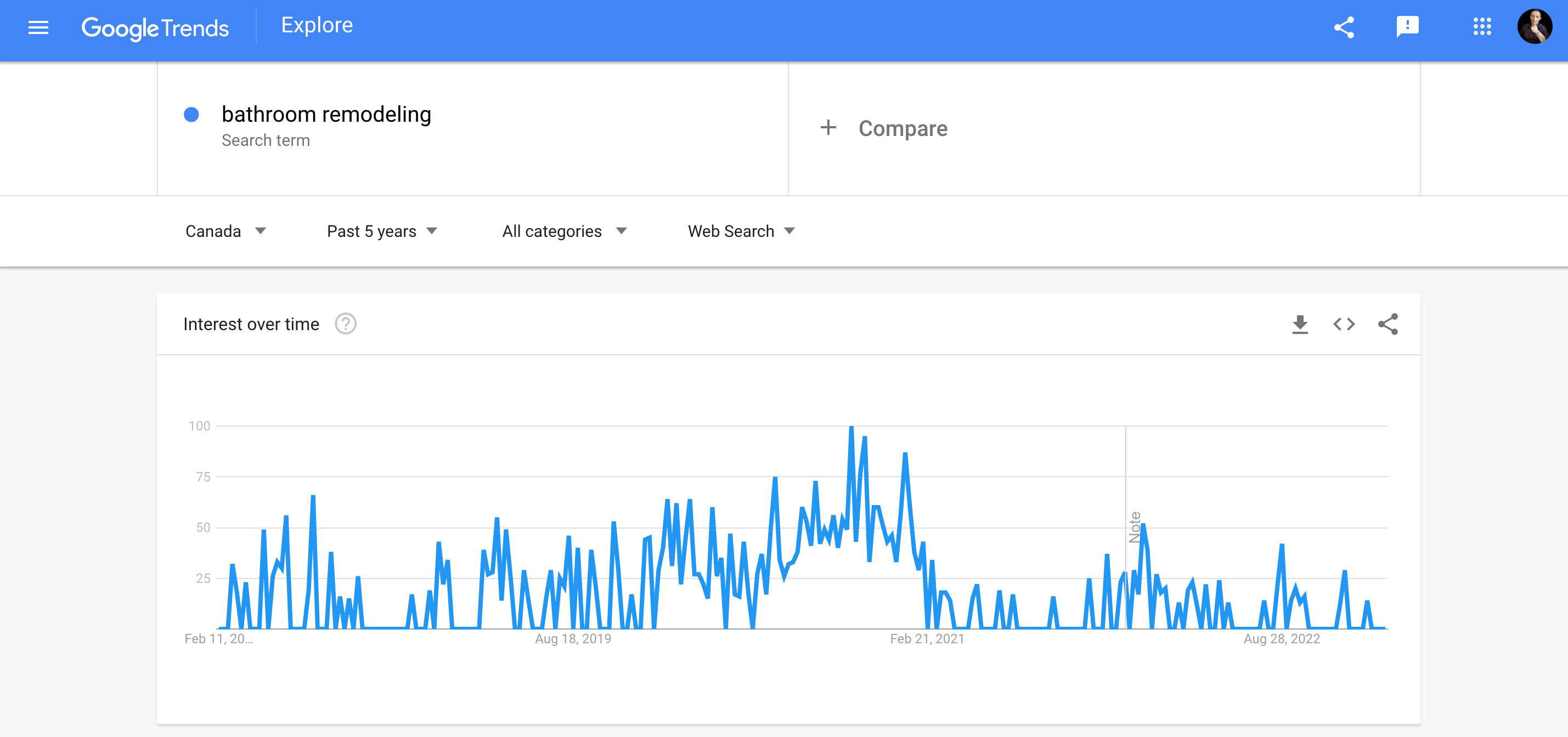
Once you’ve conducted your market research, it’s time to identify your target audience. Who are they, what are their needs, and what motivates them to make a purchase? Understanding your target audience is key to developing a successful online business, as it will help guide your marketing and product development efforts.
I like studying the following material to understand an audience and niche:
- Case studies.
- Statistics and data.
- Whitepapers.
- Top businesses in the niche.
- Reviews and testimonials.
- Articles.
- Social media. (Reddit is great!)
All of your findings can be turned into something called a buyer persona. This is a personification of your target audience and can be referenced as you conduct marketing and operations. It looks like this:
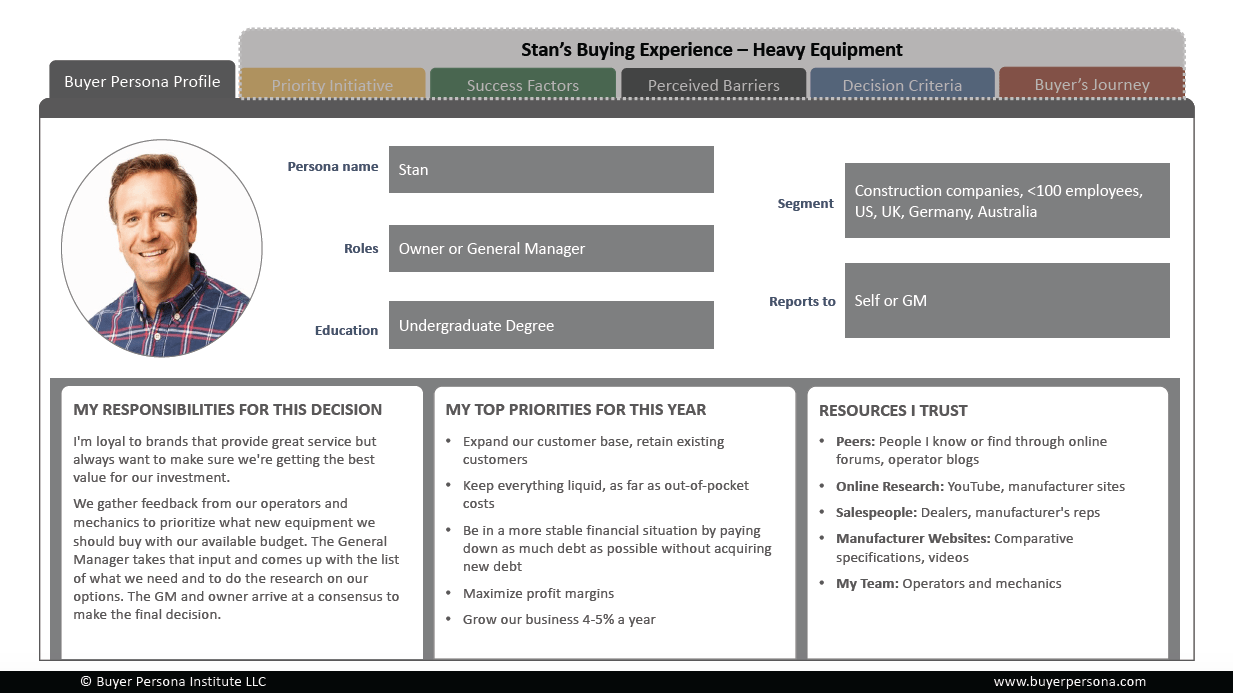
Once you have a clear understanding of your target audience and the market, it’s time to determine the viability of your niche. This involves evaluating the competition and determining if there is a demand for your products or services. For example, if you’re thinking about starting an online health and wellness store, you’ll want to research the competition and see if there’s a market for your products.
Creating a Business Plan
Now that you’ve identified your niche and target market, it’s time to create a business plan. A business plan is a roadmap for your online business, outlining your goals, marketing strategies, budget and resources, and plan for growth. It’s essential for keeping you on track and ensuring the success of your business.
I personally recommend that you use a lean business plan to begin. It’s quicker to fill out and complete than a traditional business plan. If you want to get loans, however, you will need to flesh it out more and make it detailed. But, a lean business plan is enough to begin.
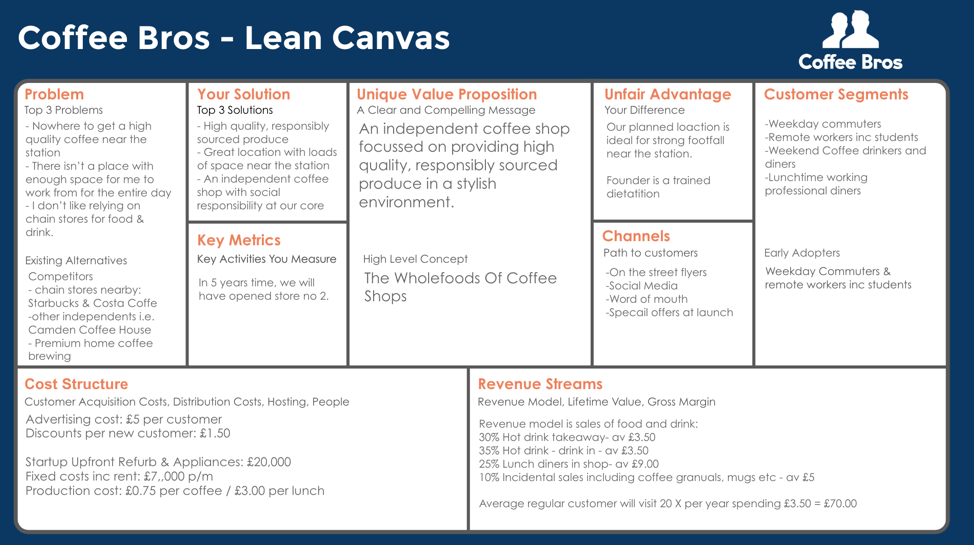
When creating your business plan, be specific and realistic about what you want to achieve. Start by defining your business goals, such as increasing revenue, expanding your product line, or reaching a specific target audience. Then, outline your marketing strategies, including how you plan to promote your business and reach your target audience.
Next, define your budget and resources, including the costs associated with launching your online business and the resources you’ll need to make it a success. This includes everything from website development costs to marketing and advertising expenses.
Finally, develop a plan for growth. This includes strategies for expanding your product line, reaching new target audiences, and scaling your business over time. By including a plan for growth in your business plan, you’ll ensure that your business continues to thrive even as it grows and evolves!
Building Your Online Presence
Once you have a solid business plan in place, it’s time to start building your online presence. This includes choosing a domain name and website platform (I suggest Bluehost), designing and launching your website, setting up social media accounts and email marketing, and building your online brand. The digital marketing industry is worth $460 billion for a reason!
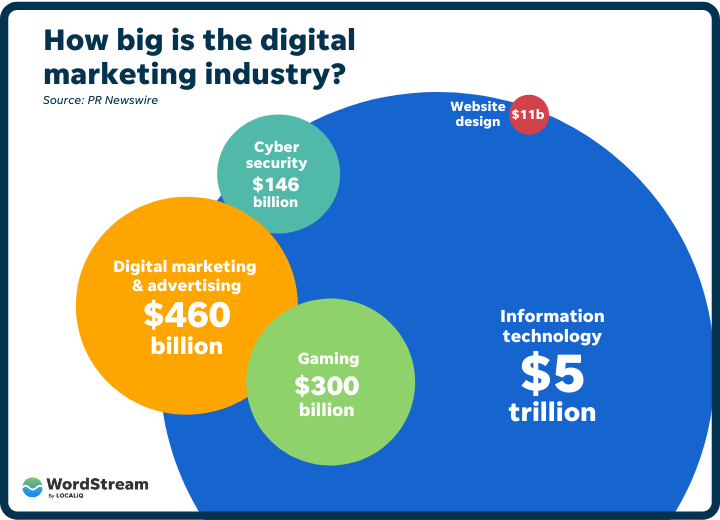
When choosing a domain name, it’s important to select one that is easy to remember and relevant to your niche. Your domain name should be simple, concise, and memorable, and it should accurately reflect your brand and the products or services you offer.
When selecting a website platform, look for one that is user-friendly, customizable, and scalable. WordPress and Elementor is the best choice, in my opinion. Your website should be designed with your target audience in mind, with a user-friendly interface and a clear, professional look. Make sure it’s easy for visitors to navigate and find what they’re looking for and that your website loads quickly and reliably.
Next, set up social media accounts on platforms like Facebook, Instagram, and Twitter. Use these platforms to engage with your target audience, promote your products or services, and build your online brand. Social media can also be a great way to drive traffic to your website and reach new customers.
Finally, build your online brand by developing a consistent look, feel, and tone across all your online platforms. This includes everything from your logo and website design to your social media posts and email marketing campaigns. By creating a consistent brand, you’ll establish a strong, recognizable identity that will help you stand out from the competition.
Developing and Launching Your Products or Services
Once your online presence is established, it’s time to focus on developing and launching your products or services. This involves creating and testing prototypes, sourcing materials, and suppliers, and determining pricing and production processes.
When developing your products or services, it’s important to consider your target audience and what they are looking for. This will help you create products or services that meet their needs and stand out from the competition.
Once you have a solid product or service, it’s time to test prototypes and refine your production process. This may involve conducting surveys, focus groups, or market research to gather feedback from your target audience. Use this feedback to make improvements and ensure that your final product is of the highest quality.
Try using a tool like SurveyMonkey. It’s free! Just sign up for an account from the homepage to begin.
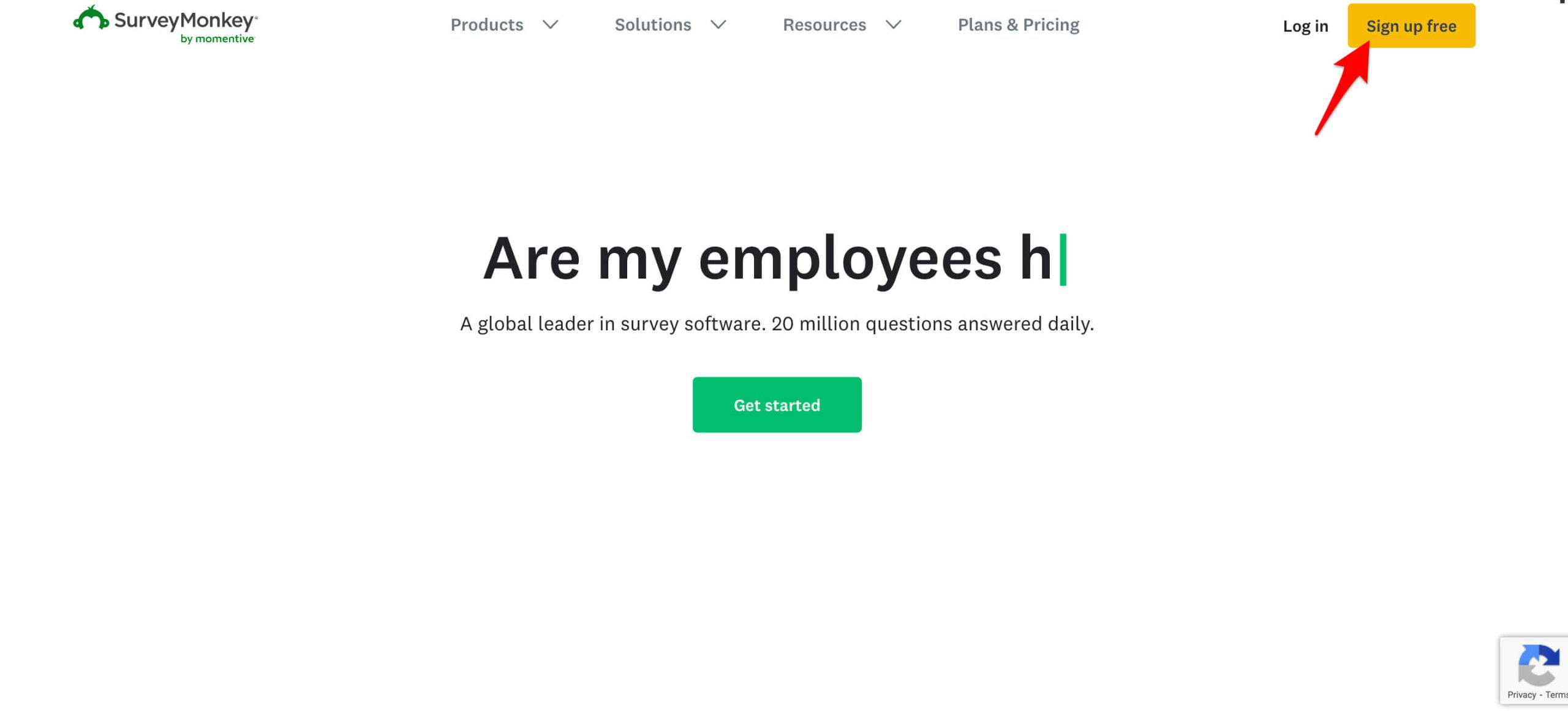
Create an account with your email or connect one.
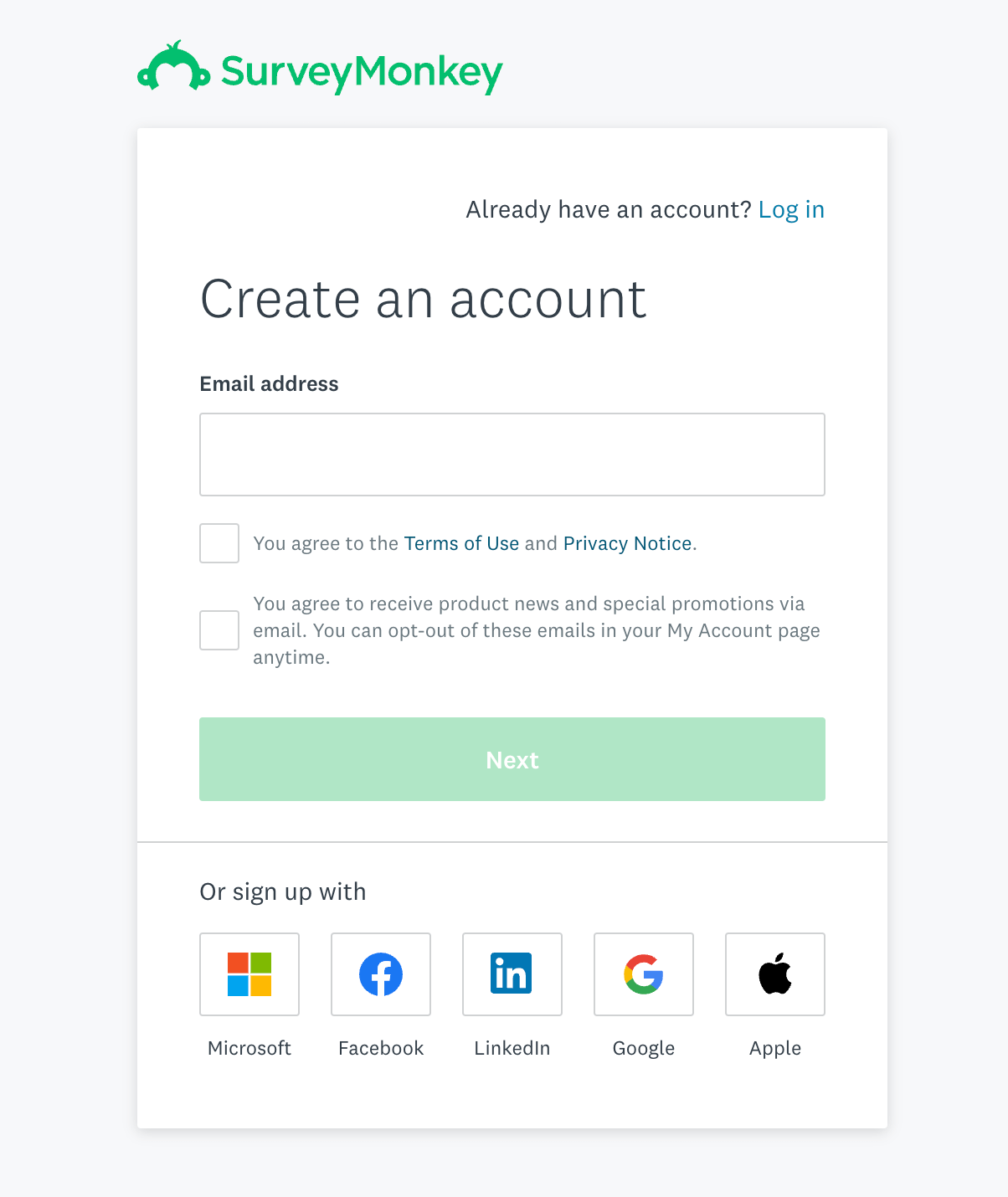
Create a survey from scratch or use a template.
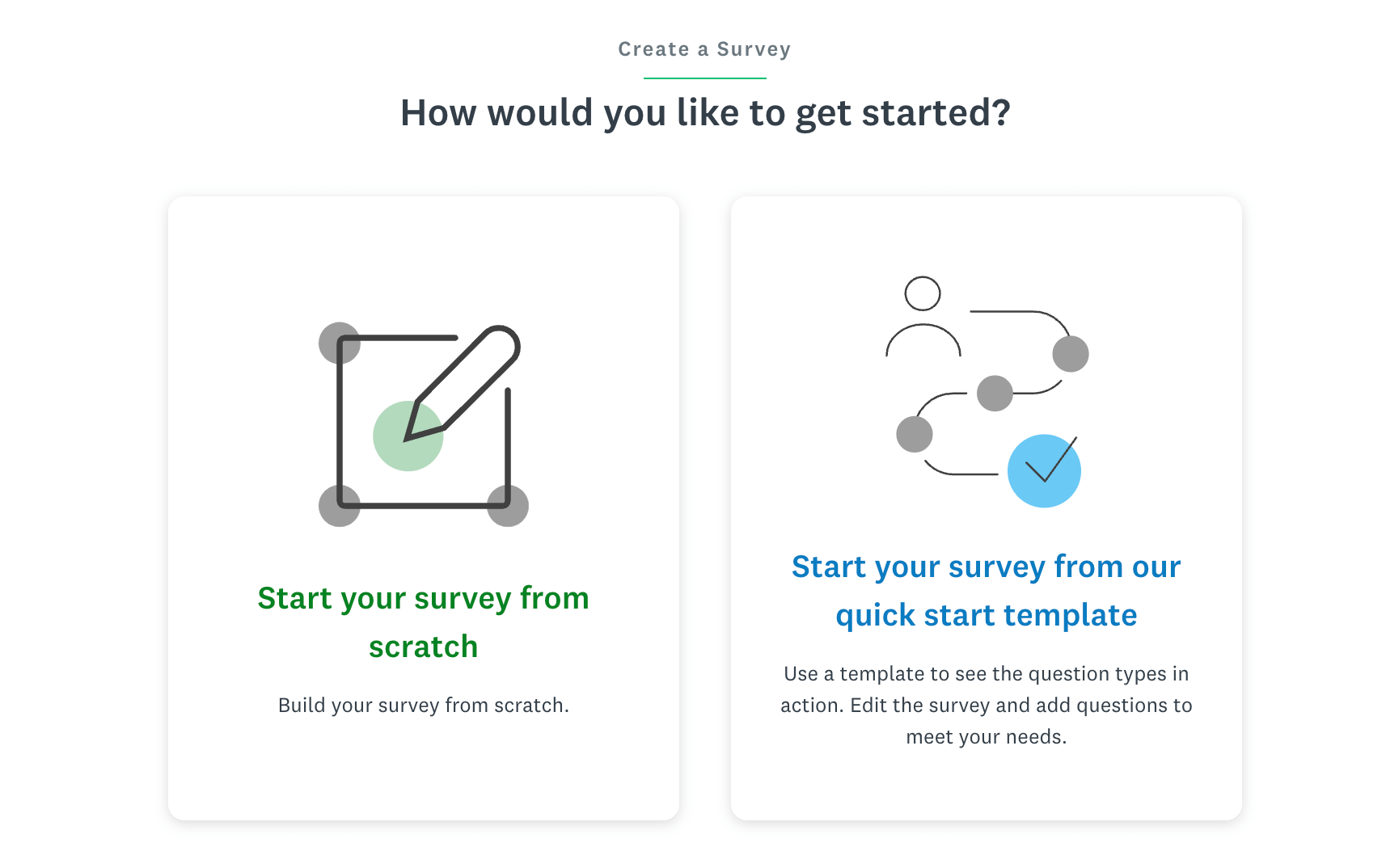
Customize the form based on the information you want from customers. This can be to understand their needs, product interests, budget, and more.
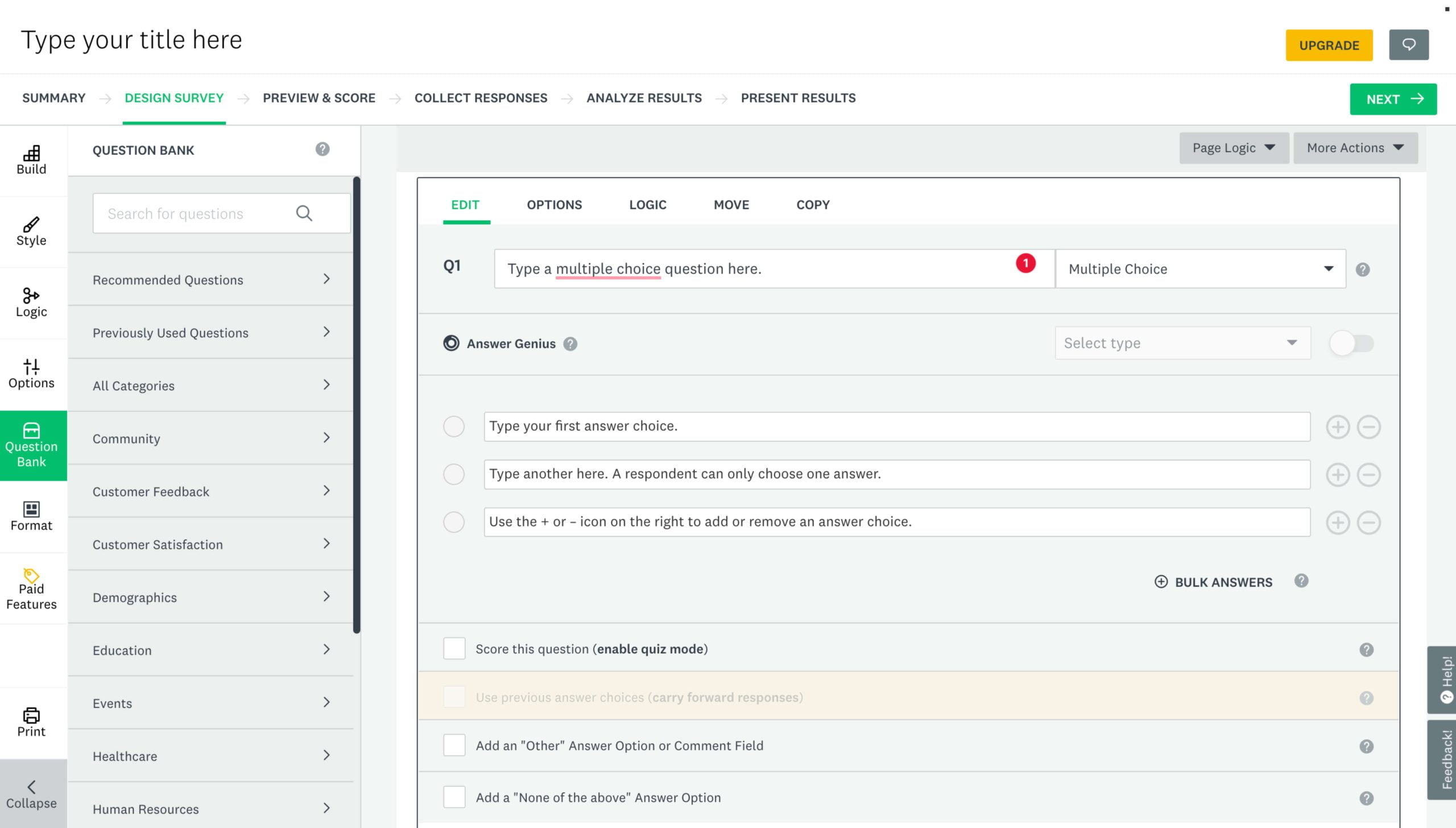
Save the form and share it with your audience via email, social media, or another channel to get responses.
Next, source materials and suppliers to support your production process. This involves researching suppliers, negotiating prices, and establishing long-term relationships with suppliers who can help you meet your production needs. Alibaba is a common supplier if you plan to get into e-commerce.
Finally, determine pricing for your products or services. This should be based on the cost of production, your target audience, and market demand. Make sure your prices are competitive, but also ensure that you’re making a profit.
Marketing and Promoting Your Business
Once your products or services are ready to launch, it’s time to focus on marketing and promoting your business. This involves developing and implementing marketing strategies, building a network of influencers, and leveraging online marketing tools and platforms to reach your target audience.
When developing your marketing strategy, consider the needs of your target audience and what motivates them to make a purchase. This may involve using social media to reach new customers, partnering with influencers to promote your brand, or leveraging email marketing to build relationships with existing customers.
Seeing as there will be 4.6 billion email users by 2025, I suggest building an email list to market your business. You can use email marketing software like ConvertKit to nurture your subscribers and make them into loyal customers.

Next, build a network of influencers who can help promote your business. This can include bloggers, social media influencers, or industry leaders who can help spread the word about your products or services. Learn about cold emailing and outreach to build a network.
Finally, leverage online marketing tools and platforms to reach your target audience. This may include using Google AdWords, Facebook Ads, or other paid advertising platforms, or using SEO and content marketing strategies to improve your search engine rankings and reach new customers.
Growing and Scaling Your Business
Once your business is up and running, it’s time to focus on growth and scaling! This involves expanding your product line, reaching new audiences, and improving processes to maximize efficiency and profitability. Keep in mind that there’s a difference between growing and scaling. Growth involves investing more capital in growing the business, while scaling keeps your investment and profit roughly the same.
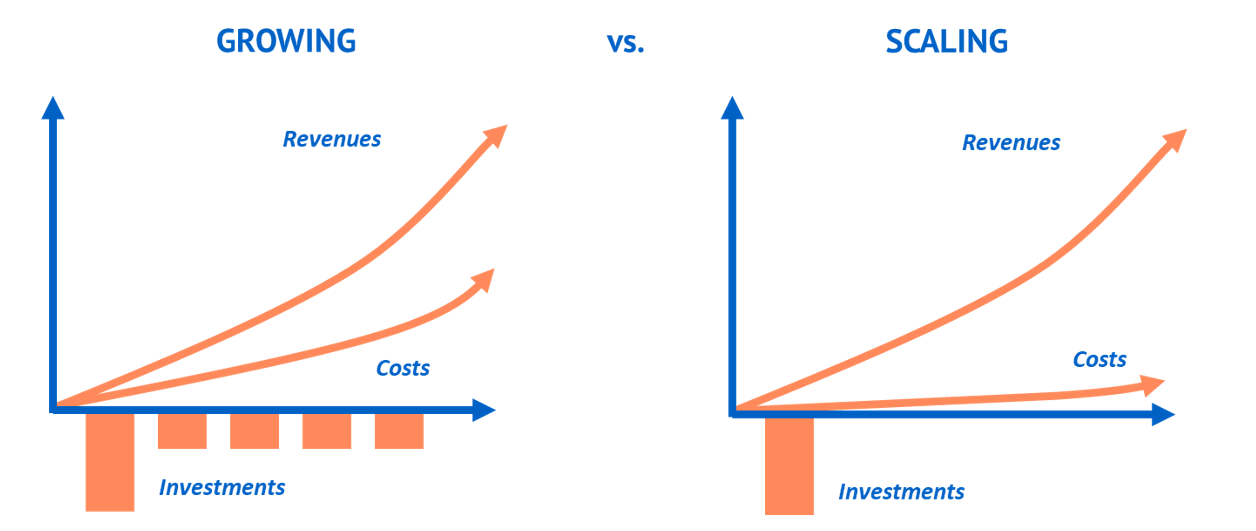
Start by expanding your product line and exploring new markets to reach new target audiences. This may involve developing new products, partnering with other businesses, or expanding your offerings to new geographical regions.
Next, improve your processes to maximize efficiency and profitability. This may involve streamlining production, automating processes, or investing in technology to improve your back-end operations. By continually improving your processes, you can ensure that your business runs smoothly and efficiently, freeing up time and resources to focus on growth and expansion.
Finally, consider hiring additional staff or outsourcing certain tasks to support your growth. As your business grows, you may need to bring on additional employees to help manage operations and support your expanding customer base. By carefully balancing your staffing levels with your growth goals, you can ensure that your business has the resources it needs to succeed.
Final thoughts on starting an online business
Starting an online business can be an exciting and rewarding journey, but it takes a lot of hard work, dedication, and planning. By following these steps and being persistent in your efforts, you can turn your vision into a successful and thriving online business.
Whether you’re selling products or offering services, the key to success is staying focused on your goals, building a strong online presence, and continually improving and growing your business over time.
Learn more about growing online businesses through my courses.














